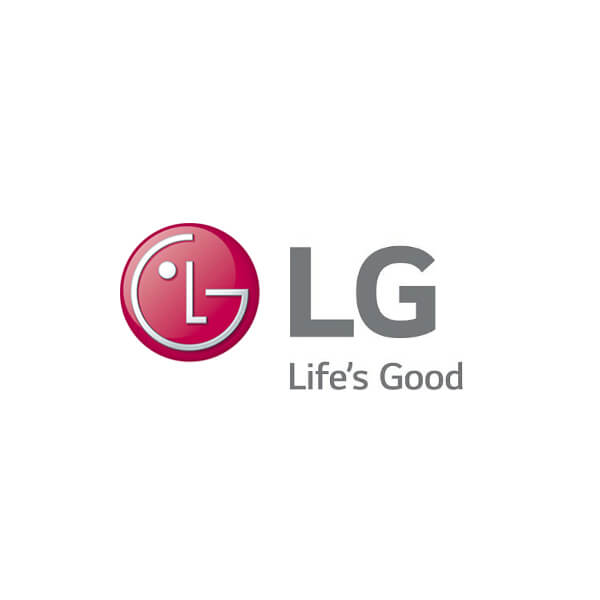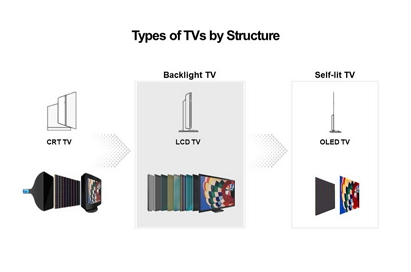How can you say this when it's the opposite of the truth? What the RTINGS test showed was that there's a clear lifespan to these pixels and burn in is INEVITABLE, because all burn-in is is cumulative pixel wear. If it's on, it wears out (the brighter the faster it happens etc) Obviously usage will affect what that lifespan is but if you're using your TV you're getting closer to that magical burn-in and for most people it's to be expected due to viewing habits & time they keep their TVs. Only dorks who buy a new TV every 2-3 years shouldn't worry about it.
Quoting a post I made re burn-in chance elsewhere:
Secondly, of course miniLED improves on a black level - it's the same principle as why oled has better black levels! More control over what area gets lit results into less spill over (almost 0 on OLED, higher on falds ofc) light and so better blacks. This is basic display tech knowledge. Here, straight from your favourite OLED makers, extolling the benefits of local dimming for better black levels:
Shop LG TVs to Transform Your Home Entertainment. Browse the Latest Smart TVs and Stunning Flat Screen TV Displays to Decide Which TV to Buy for Your Space.

www.lg.com
Until recently, the term "Mini LED" would have been unfamiliar to all but the most ardent of TV technology buffs. Although talked about in tech circles for years, the term has only just star

www.lgnewsroom.com


